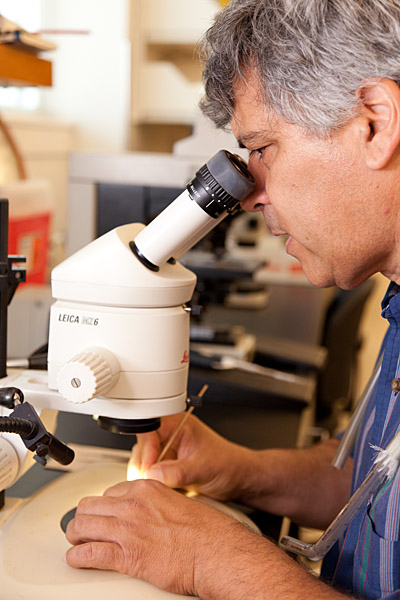A Target Site Mutation Associated With Diamide Insecticide Resistance in the Diamondback Moth Plutella xylostella (Lepidoptera: Plutellidae) is Widespread in South Georgia and Florida Populations
Laboratory colonies of diamondback moth (DBM) larvae were established from larvae collected from four sites in Georgia and Florida where diamide, specifically chlorantraniliprole, insecticide resistance was recently documented. Based on dose-response experiments, these colonies exhibited 109- to 4,298-fold resistance to chlorantraniliprole, compared to a commercially available susceptible control colony. Colonies exhibited 50- to 107-fold resistance to another diamide, cyantraniliprole, based on similar dose-response experiments. All colonies were screened for the presence of four known mutations in the ryanodine receptor (RyR), the target of diamide insecticides, previously associated with resistance in Asian DBM populations. One mutation, G4946E, was identified in colonies from all four field sites, but not the susceptible control colony. Three additional RyR target site mutations, E1338D, Q4594L, and I4790M, were not identified in any of the screened samples. The estimated allele frequency of the G4946E mutation in these colonies ranged from 32 to 90%. These data are consistent with recently reported chlorantraniliprole control failures in Georgia and Florida. It is likely that the G4946E mutation is currently an important contributing factor to chlorantraniliprole resistance in Georgia and Florida DBM populations.
Thomas P ‘Sam’ Dunn, Donald E Champagne, David G Riley, Hugh Smith, John E Bennett. J Econ Entomol. 2021 Nov 26;toab223. doi: 10.1093/jee/toab223


